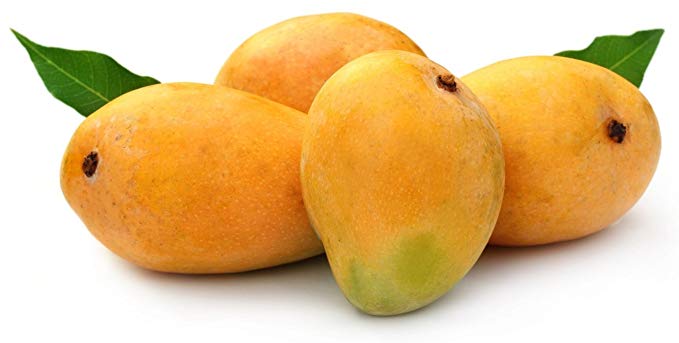
Alphonso from Ratnagiri, Sindhudurg, Palghar, Thane and Raigad districts of Maharashtra, is registered as Geographical Indication (GI).
- The king of mangoes, Alphonso, better known as ‘Hapus’ in Maharashtra, is in demand in domestic and international markets not only for its taste but also for pleasant fragrance and vibrant colour.
- It has long been one of the world’s most popular fruit and is exported to various countries including Japan, Korea and Europe. New markets such as USA and Australia have recently opened up.
About Geographical Indication
- A Geographical Indication or a GI is an indication used on products that have a specific geographical origin and possess qualities or a reputation that are due to that origin. Such a name conveys an assurance of quality and distinctiveness which is essentially attributable to its origin in that defined geographical locality.
- Darjeeling Tea, Mahabaleshwar Strawberry, Blue Pottery of Jaipur, Banarasi Sarees and TirupatiLaddus are some of the GIs.
- GI products can benefit the rural economy in remote areas, by supplementing the incomes of artisans, farmers, weavers and craftsmen. Our rural artisans possess unique skills and knowledge of traditional practices and methods, passed down from generation to generation, which need to be protected and promoted.
- Recently, Union Minister of Commerce and Industry, Suresh Prabhu, launched the logo and tagline for the Geographical Indications (GI) of India and said that the GI will give the rightful share in the intellectual property to the artisan and the place of origin of the product.
- The Department of Industrial Policy and Promotion has taken several initiatives in this regard and is actively involved in promotion and marketing of GIs with a vision to enhance the horizon both socially and economically for GI producers.
- The first product to get a GI tag in India was the Darjeeling tea in 2004. There are a total of 325 products from India that carry this indication.

